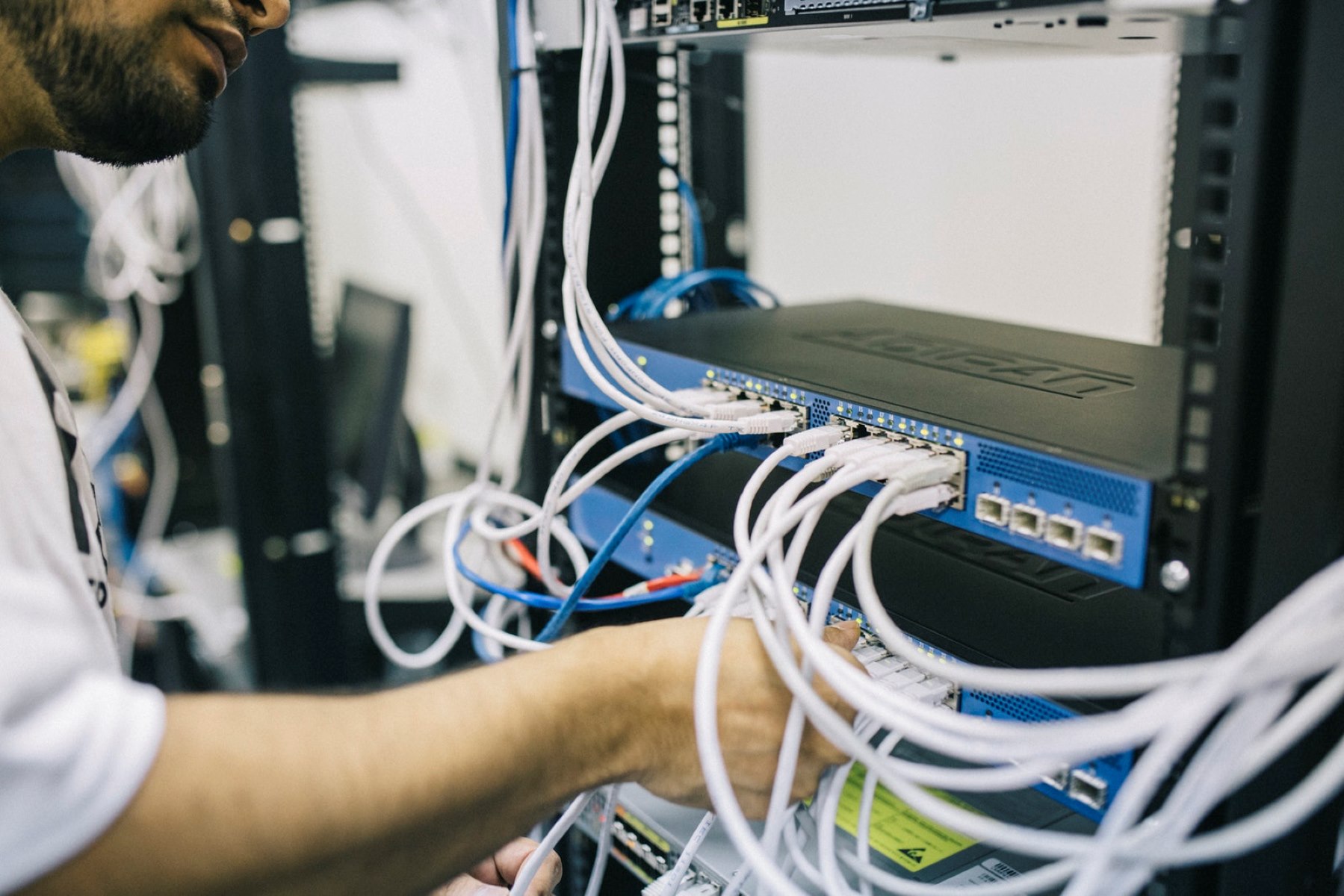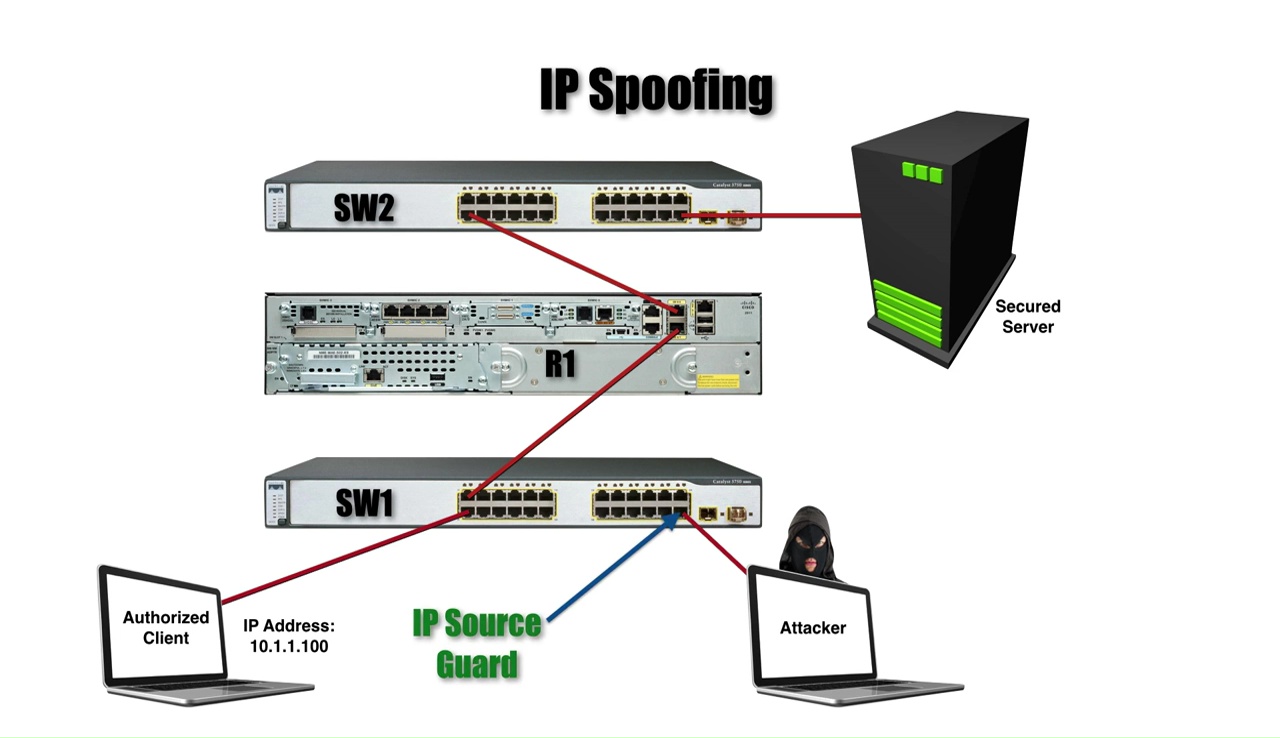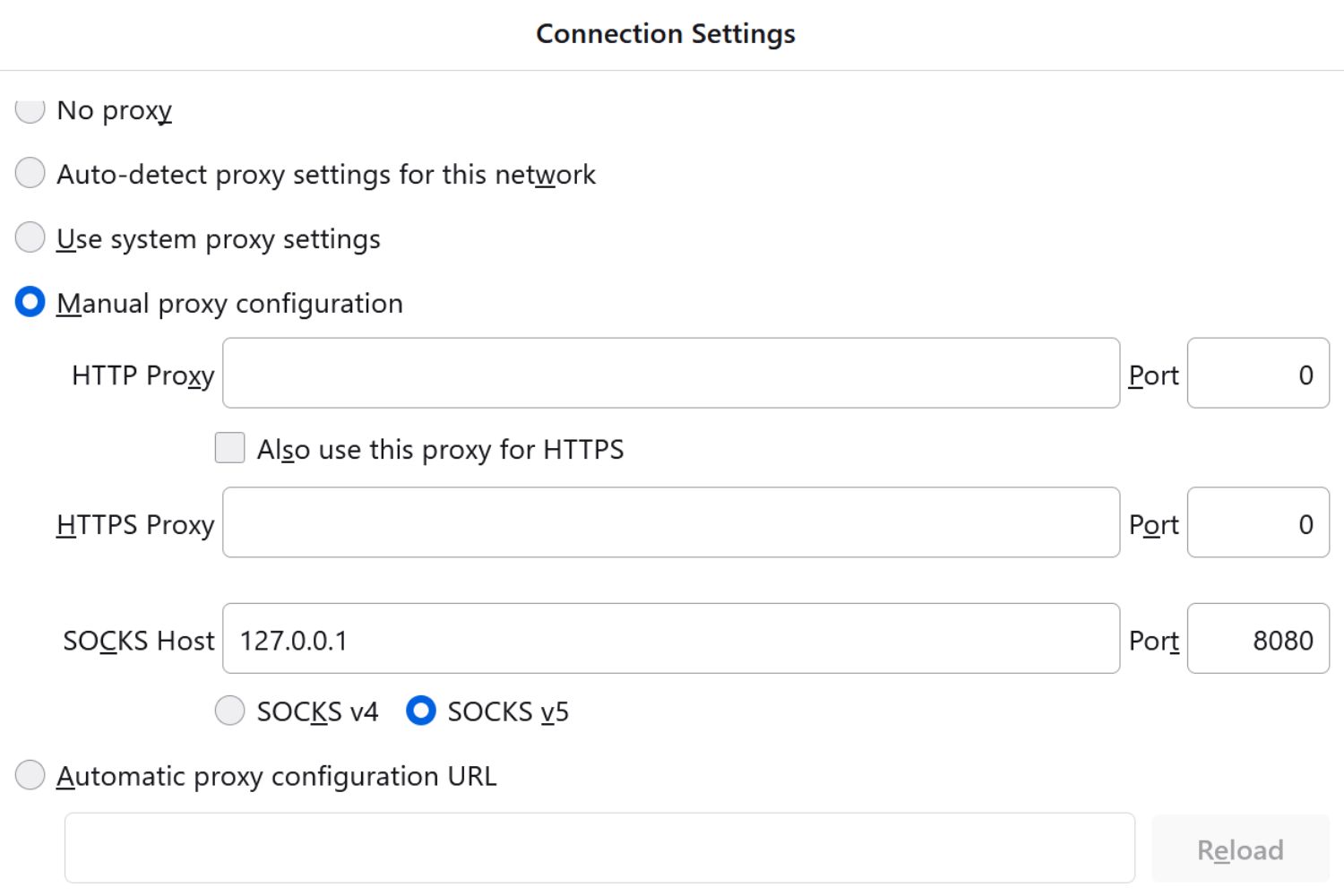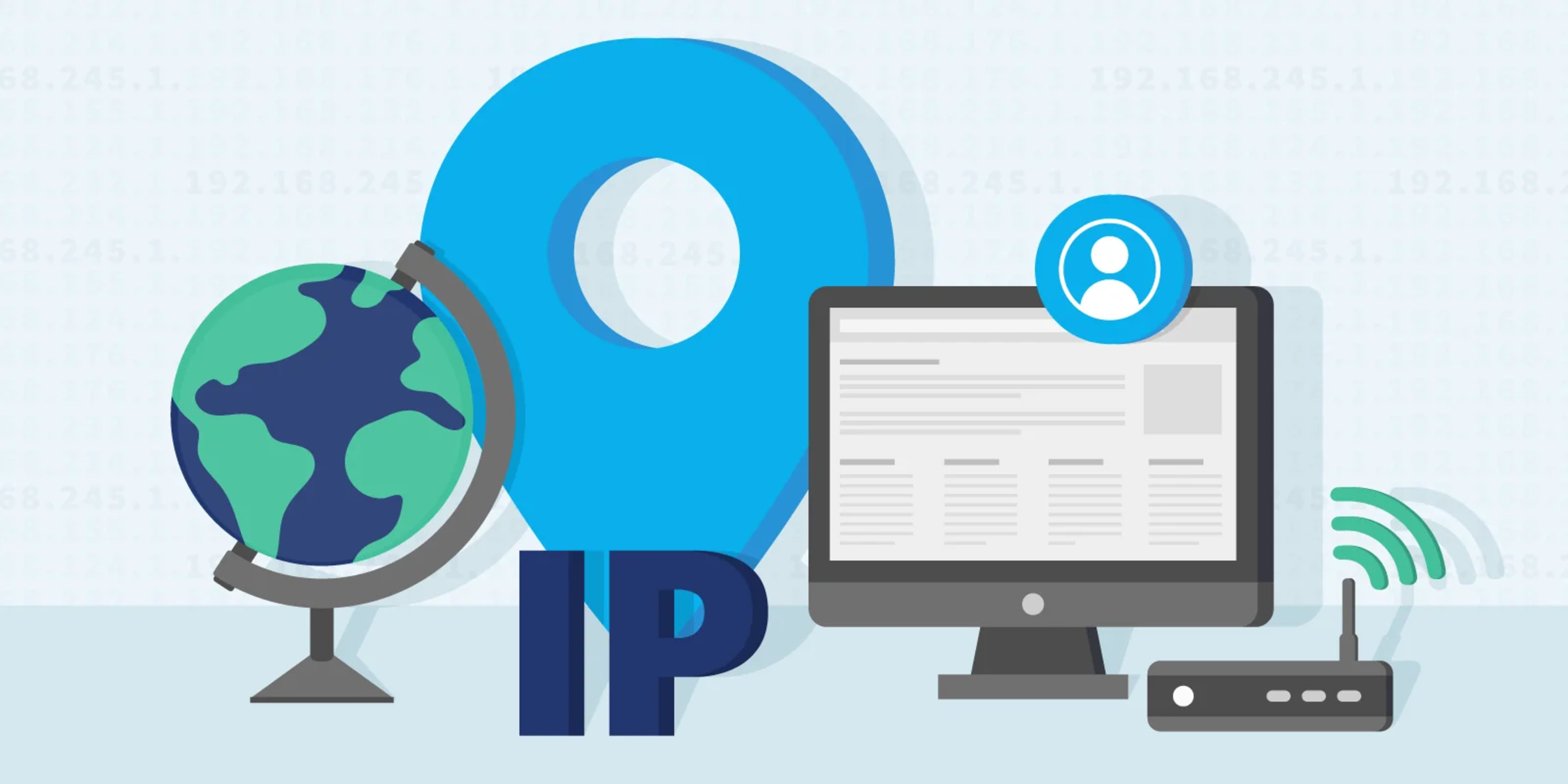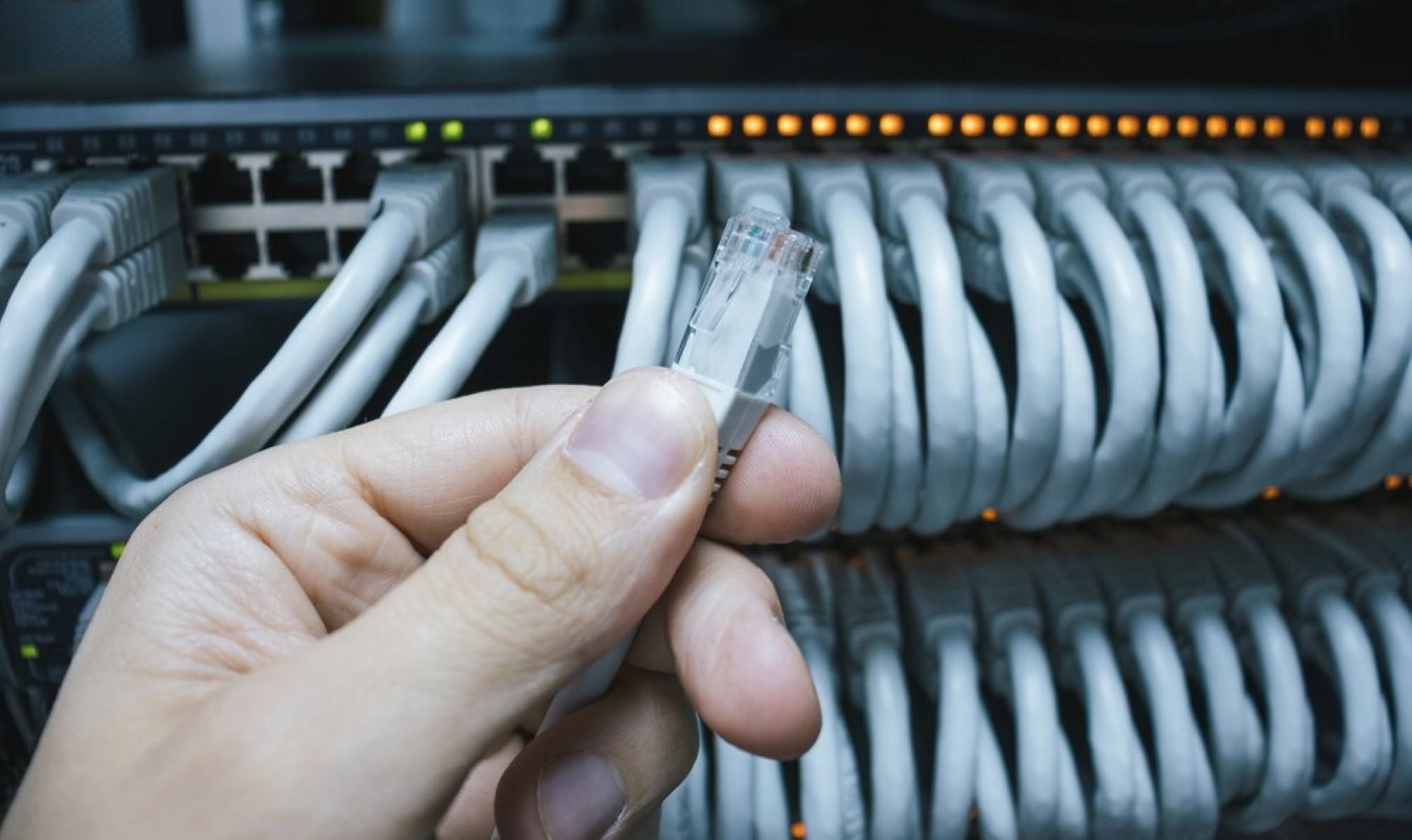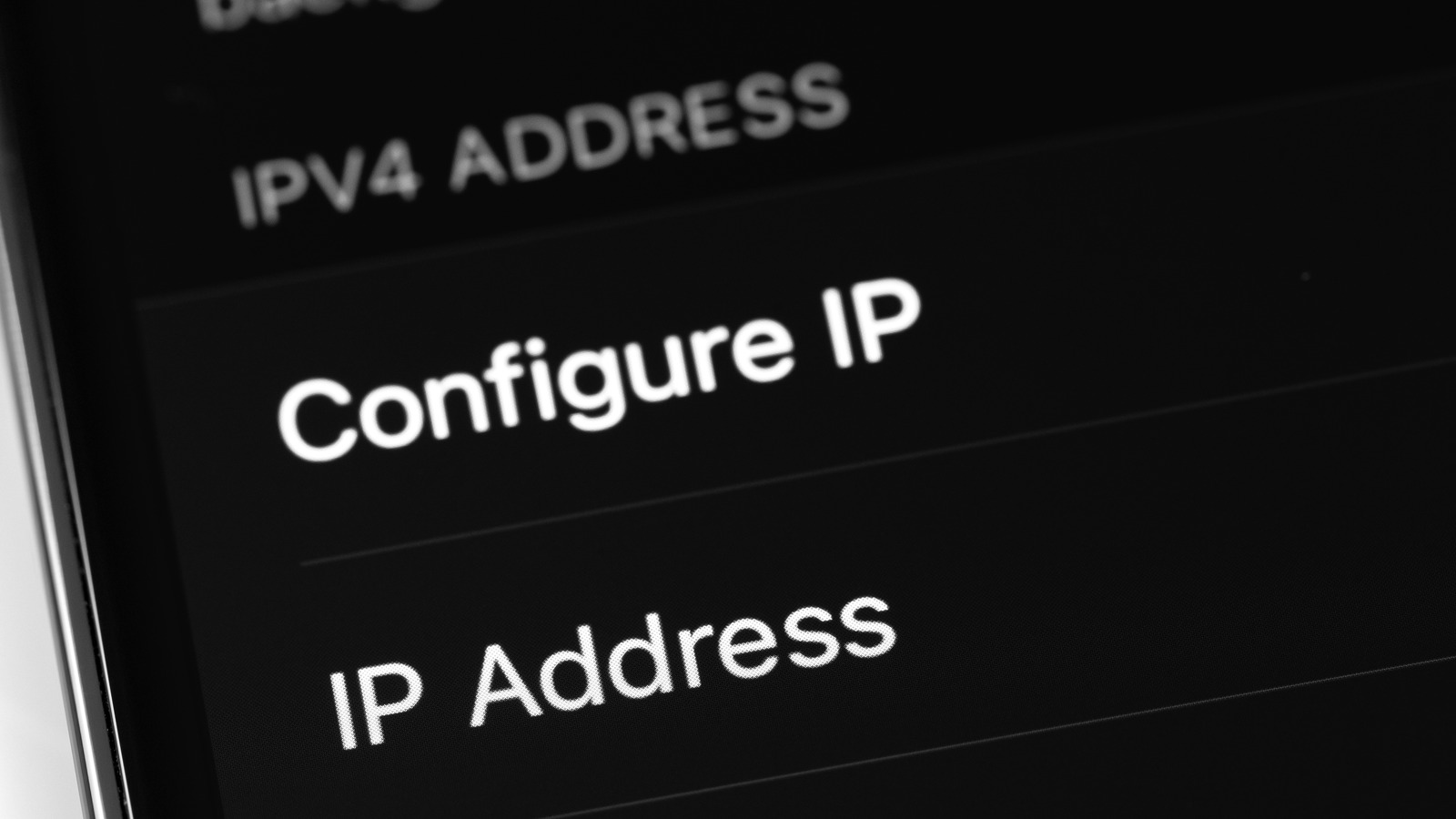How Are IP Addresses Validated?
Validating IP addresses is an essential step in ensuring the accuracy and integrity of network communications. It helps identify and prevent errors or potential security risks. The validation process involves checking whether an IP address adheres to the established rules and conventions of its respective IP version, whether it is IPv4 or IPv6.
For IPv4 addresses, which are the most commonly used, validation is relatively straightforward. Each octet in the address must be a number between 0 and 255, separated by periods. Leading zeros are not allowed, except for the number zero itself. Additionally, certain reserved IP address ranges, such as those used for private networks or loopback addresses, should not be used for public internet communication.
IPv6 validation is a bit more involved due to its different format and longer address length. In this version, tThe IP address is represented as eight groups of four hexadecimal digits, separated by colons. Leading zeros in each group can be omitted, and a single set of consecutive zeros can be replaced with a double colon (::). However, this shorthand representation can only be used once in an IP address.
During the validation process, special care should be taken to ensure that the IP address does not include any characters other than hexadecimal digits and colons for IPv6. Any other characters, such as letters or special symbols, would render the IP address invalid.
It is worth highlighting that IP address validation does not guarantee that the address is currently in use or that the associated device is reachable. It merely ensures that the address structure follows the correct syntax and format for communication within an IP-based network.
Now that we understand the basic principles of IP address validation, let’s take a closer look at what makes an IP address invalid in the next section.
What Makes an IP Address Invalid?
An invalid IP address is one that does not meet the criteria or rules set for its respective IP version, whether it is IPv4 or IPv6. The invalidity could result from various factors, including incorrect syntax, improper range, or the use of reserved addresses.
Here are some common factors that can render an IP address invalid:
- Incorrect Format: IP addresses must adhere to the specific format defined for their respective IP version. For example, if an IPv4 address contains more or fewer than four octets, or if the octets contain values outside the range of 0 to 255, the address would be considered invalid. Similarly, an IPv6 address with incorrect grouping, missing colons, or using characters other than hexadecimal digits would also be invalid.
- Use of Reserved Addresses: Certain IP address ranges are reserved for specific purposes, such as private networks, documentation, or loopbacks. Using these reserved addresses for public internet communication is considered invalid and can lead to conflicts or connectivity issues. It is crucial to ensure that the IP address being used is within the appropriate range for its intended purpose.
- Unallocated or Unassigned Addresses: IP addresses need to be allocated by an authorized internet registration authority. In the case of IPv4, addresses are assigned by regional internet registries. Using an unallocated or unassigned IP address violates the established protocols and can cause difficulties in network communication.
- IPv4-over-IPv6 Mapping: While IPv6 adoption is increasing, there is still a considerable number of devices and networks that primarily use IPv4. In situations where an IPv6 address is mapped or translated into an IPv4 address, it is essential to validate both versions to avoid compatibility issues and ensure proper communication.
It is important to note that an invalid IP address may not necessarily result in an immediate error or failure in network communication. However, using invalid addresses can lead to connectivity problems, security vulnerabilities, or conflicts within the network.
Next, we will delve into the differences between IPv4 and IPv6 in terms of valid IP addresses and their formats.
IPv4 vs IPv6: Differences in Valid IP Addresses
IPv4 and IPv6 are two different versions of the Internet Protocol, each with its own set of rules and conventions for valid IP addresses. Understanding the differences between IPv4 and IPv6 is crucial in today’s evolving networking landscape.
IPv4, the older of the two versions, uses a 32-bit address format, allowing for a total of approximately 4.3 billion unique addresses. However, due to rapid internet expansion, the availability of these addresses has become increasingly limited. In contrast, IPv6 uses a 128-bit address format, providing an unimaginably large number of possible addresses—about 3.4 x 10^38. This abundance allows for the growth of internet-connected devices and networks without the fear of running out of unique IP addresses.
One significant difference between IPv4 and IPv6 is the format of the IP addresses themselves. In IPv4, an address comprises four groups of numbers separated by periods, with each group ranging from 0 to 255. Leading zeros are not allowed, except for the number zero itself. For example, 192.168.0.1 is a valid IPv4 address. On the other hand, an IPv6 address consists of eight groups of hexadecimal digits separated by colons. Leading zeros can be omitted within each group, and a double colon (::) can be used to represent a set of consecutive zeros. An example of a valid IPv6 address is 2001:0db8:85a3:0000:0000:8a2e:0370:7334.
Another difference lies in the reserved address ranges. In IPv4, specific address blocks are designated for private networks, loopbacks, and multicast communication. These reserved ranges include 10.0.0.0 to 10.255.255.255, 192.168.0.0 to 192.168.255.255, and 127.0.0.0 to 127.255.255.255, among others. Using these reserved addresses within public internet communication is considered invalid and can lead to conflicts. IPv6 also has designated address ranges for similar purposes, but they are represented differently, such as fe80::/10 for link-local addresses and fc00::/7 for unique local addresses.
When it comes to IP address validation, the main differences are in the format and range rules. IPv4 addresses must adhere to the four-octet structure within the valid range, while IPv6 addresses must follow the eight-group hexadecimal format without any non-hexadecimal characters. Understanding these differences helps in ensuring the correct usage and validation of IP addresses based on their respective IP versions.
In the next section, we will look at common mistakes made during IP address validation and how to avoid them.
Understanding IP Address Formats
IP addresses play a critical role in network communication, and understanding their formats is essential for proper validation and configuration. Both IPv4 and IPv6 have specific formats that determine how IP addresses are structured and represented.
IPv4 Address Format: An IPv4 address consists of four groups of decimal digits separated by periods. Each group can have a value ranging from 0 to 255. For example, 192.168.0.1 is a valid IPv4 address. Leading zeros in each group are not permitted, except for the number zero itself. This format provides a total of approximately 4.3 billion unique addresses.
IPv6 Address Format: IPv6 addresses use a more complex format. They consist of eight groups of four hexadecimal digits separated by colons. For instance, 2001:0db8:85a3:0000:0000:8a2e:0370:7334 is a valid IPv6 address. Leading zeros within each group can be omitted, and a double colon (::) can be used to represent a set of consecutive zeros. However, the double colon can only be used once in an IPv6 address. This allows for an enormous address space, accommodating the expanding number of internet-connected devices and networks.
It’s important to note that IPv4 addresses can also be represented in IPv6 format using a transitional mechanism called IPv4-mapped IPv6 addresses. In this format, the IPv4 address is expressed within the last 32 bits of an IPv6 address. For example, the IPv4 address 192.168.0.1 can be represented as ::ffff:192.168.0.1 in IPv6 format. This allows IPv6 networks to communicate with IPv4 networks.
Understanding the formats of IP addresses is crucial for various network-related tasks, such as assigning IP addresses to devices, configuring routers, and validating the syntax of IP addresses during input. These formats provide a structured and consistent way to identify devices on a network and ensure seamless communication.
In the next section, we will explore common mistakes that can occur during IP address validation and how to avoid them.
Common Mistakes in IP Address Validation
IP address validation is a critical step in ensuring the accuracy and integrity of network communication. However, there are common mistakes that can occur during the validation process. These mistakes can lead to misconfigurations, connectivity issues, and security vulnerabilities. Let’s explore some of these common mistakes and how to avoid them:
- Ignoring Leading Zeros: In IPv4 addresses, leading zeros are not permitted except for the number zero itself. However, it’s common for people to overlook this rule and include leading zeros in an IP address. For example, entering 192.168.001.1 instead of 192.168.1.1 can result in an invalid address. Ensuring that leading zeros are omitted is crucial for proper validation.
- Missing or Extra Periods: Another common mistake is omitting or adding periods in IPv4 addresses. Each IP address should have four groups of decimal digits separated by periods. Missing or extra periods can result in an invalid address. For instance, entering 192.168.1 instead of 192.168.1.1 or 192.168.1.1.1 can render the address invalid.
- Incorrect Grouping in IPv6 Addresses: IPv6 addresses are divided into eight groups of four hexadecimal digits separated by colons. A common mistake is misplacing or omitting colons, leading to an invalid address. It’s crucial to ensure that the groups are properly separated by colons and the address format follows the correct structure.
- Using Invalid Characters: IP addresses should only consist of valid characters according to their respective format rules. For IPv4 addresses, only decimal digits and periods are allowed. Using letters, symbols, or any other characters will result in an invalid address. Similarly, IPv6 addresses should only comprise of hexadecimal digits and colons.
- Not Considering Reserved Address Ranges: IP address validation should take into account the reserved address ranges specific to each IP version. Using reserved addresses meant for private networks or other special purposes for public internet communication is considered invalid. It’s crucial to ensure that the IP addresses used fall within the appropriate range for their intended purpose.
Avoiding these common mistakes during IP address validation is essential for maintaining the integrity and security of network communication. Double-checking the syntax and structure of IP addresses can help prevent misconfigurations and potential issues down the line.
In the next section, we will explore tools that can be used to validate IP addresses more efficiently and accurately.
Tools to Validate IP Addresses
Validating IP addresses manually can be time-consuming and prone to human error. Fortunately, there are several tools available that can help simplify and streamline the process of IP address validation. These tools provide efficient and accurate ways to validate the syntax, format, and range of IP addresses. Let’s explore some commonly used tools:
- Online IP Address Validators: Several websites offer online IP address validators that allow you to input an IP address and quickly check if it is valid. These tools often provide instant feedback on the validity of the IP address and highlight any errors or mistakes that need to be corrected.
- Regular Expressions (Regex): Using regular expressions is a powerful method to validate IP addresses programmatically. Regex patterns for IPv4 and IPv6 addresses can be used to match the format and structure of valid IP addresses. This method allows for more flexibility in validating and manipulating IP addresses within scripts or programming languages.
- Network Configuration Tools: Network configuration tools often come with built-in IP address validation features. These tools perform real-time validation of IP addresses entered during configuration processes, ensuring that the addresses provided are within the valid range and proper format.
- IP Address Management (IPAM) Systems: IPAM systems help manage and track IP address allocations within a network. These systems often include IP address validation features, ensuring that only valid IP addresses are assigned to devices. They can also provide alerts or notifications if an invalid IP address is detected.
- Programming Libraries and APIs: Various programming libraries and APIs exist that offer IP address validation functionality. These tools provide developers with pre-built functions or methods to validate IP addresses within their applications. This allows for seamless integration of IP address validation into software and system development processes.
Using these tools can significantly improve the efficiency and accuracy of IP address validation across different use cases. Whether you need to validate a single IP address or validate a large set of addresses, these tools provide reliable methods to ensure the correctness of your IP address data.
In the next section, we will summarize the key points covered in this article and highlight the importance of proper IP address validation.
Conclusion
Validating IP addresses is a crucial step in maintaining the accuracy, security, and efficiency of network communication. Understanding the rules and formats specific to IPv4 and IPv6 addresses is essential for proper validation. Mistakes such as ignoring leading zeros, missing or extra periods, incorrect grouping, using invalid characters, or disregarding reserved address ranges can lead to connectivity issues, misconfigurations, and security vulnerabilities.
Fortunately, there are various tools available to aid in the IP address validation process. Online validators, regular expressions, network configuration tools, IPAM systems, and programming libraries/APIs offer efficient ways to ensure the syntax, format, and range of IP addresses. These tools help streamline the validation process and minimize human error.
By taking the time to validate IP addresses accurately, network administrators and developers can prevent issues such as misconfigured devices, accidental conflicts, and potential security breaches. Valid IP addresses ensure seamless communication and enable proper functioning of devices within a network.
As technology evolves and the number of internet-connected devices continues to grow, maintaining proper IP address validation practices becomes even more critical. By staying vigilant and using the appropriate tools, we can ensure the reliability and security of our network communications.









